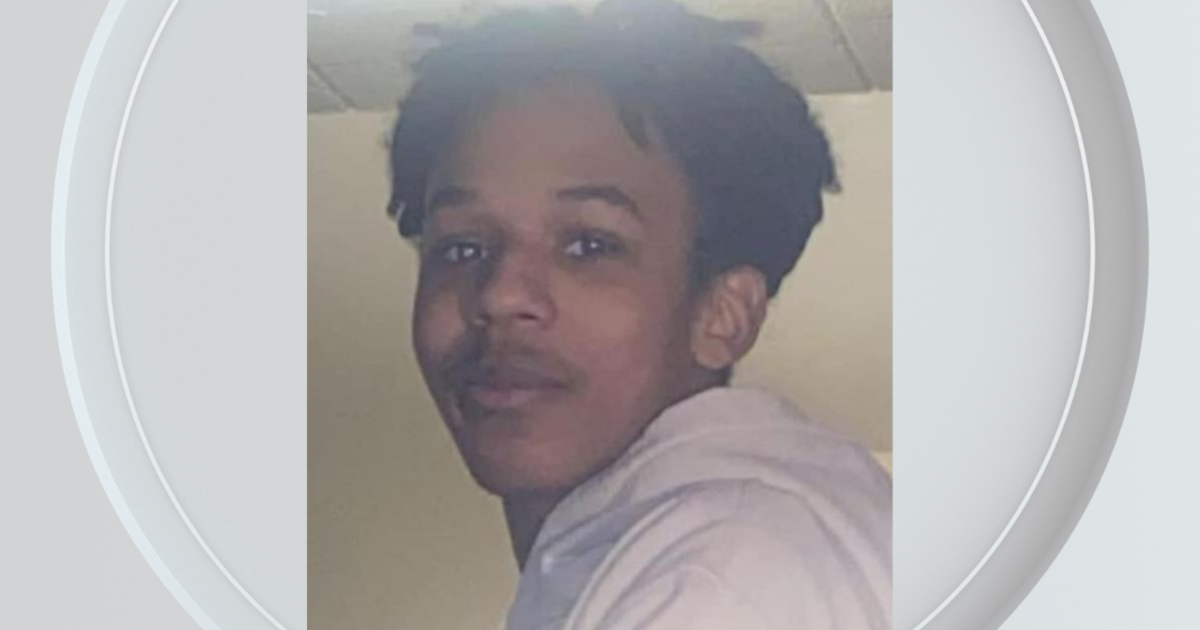New Devices And Advancements Being Used To Fight Migraines
PITTSBURGH (KDKA) -- When Patty Orbin has a migraine, she can't function.
"It feels like my brain is too big for my head," she said. "The pain is excruciating. I get ringing in my ears, I have visual disturbances. It's debilitating. When they get so severe, I'm hospitalized."
She uses a combination of pills and shots to fight them off. Then her doctor brought up using a new "device."
She was eager to try it but also skeptical.
"I'm looking at it, thinking what can this do for me?" She wondered.
Over the last couple of years, several devices have come on the market to treat migraines, a specific type of headache that tends to be one-sided, throbbing, and associated with nausea, vomiting, and light and sound sensitivity.
Cefaly is like a TENS unit, or nerve stimulator, for your head.
"Kind of like a tingling sensation, I would say to start, and then that tingling sensation will slowly build in intensity," AHN headache specialist Dr. Glenn Burkett describes.
The $500 device stimulates the trigeminal nerve, which gives the face sensation.
This nerve plays a role in migraine.
It can be used to treat migraines when they come on, and also daily as a preventive strategy.
In studies, people using the device had fewer headache days per month and more than half thought the device was helpful.
Another is called Gammacore.
It goes on your neck near your carotid artery. It stimulates a different nerve, the vagus nerve. A signal traveling along this nerve up to the brain is thought to stop headache pain.
"Basically trying to stop activation of neurons," says Dr. Burkett.
The device has a protocol for migraine, and another for cluster headache, a different type of headache with different associated features, such as flushing and tearing on one side. A good choice for this type of headache, because the pain is often severe and sudden.
People can notice immediate relief. Treatment can be repeated in two hours if needed. Of note, some people can have pulling of the facial muscles during the treatment, which can be an unpleasant side effect.
And the latest device is the Nerivio. It goes on your arm like a blood pressure cuff but tingles instead of squeezing. It activates nerves called C-fibers and A-delta fibers. These are important for carrying pain signals.
The $100 device stimulates the nerve, but not at a level to generate pain. The idea is that the brain sends counter signals to soothe pain, and as a bystander, the migraine pain signals get calmed as well.
After 12 treatments, the armband has to be reloaded for another $100.
Dr. Burkett says it works as well as standard migraine medicines called Tristan's.
While all these devices work at different nerves, with treatments lasting different lengths of time, the common element is they aim to relieve migraines by changing the way nerves fire.
The devices are designed for people who want to explore drug-free options or who have tried everything else.
It's not for people who have other types of stimulators in their bodies, like defibrillators or pacemakers.
Patty found her device easy to use.
"You use it in the morning, you use it in the evening, you use it when a headache comes on," she just has to find a place to lie down and adjust it. "You get a little tingling sensation. I take mine up as high as I can go because my headaches are so bad."
Then her headache goes away.
"I'm grateful when anything comes out that's going to give me relief," she said. "Especially when it's non-medication. People want their lives back."
Even though these gadgets are generally not covered by insurance, Patty says the relief is worth the out of pocket cost.



